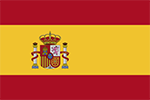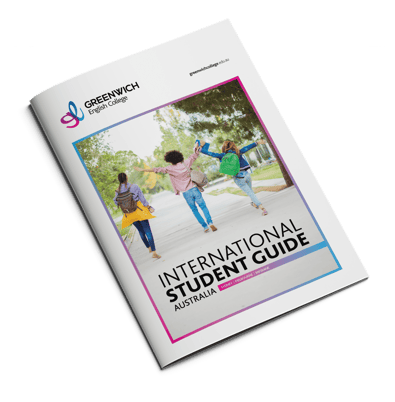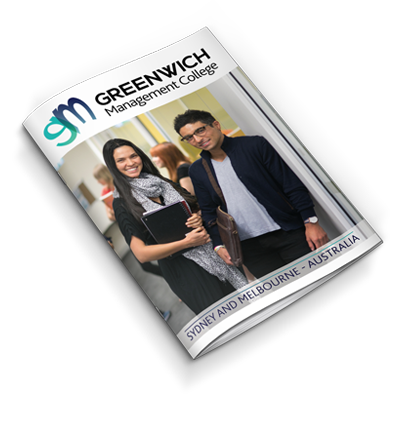We use relative clauses to give additional information about people or things without starting another sentence. By combining sentences with a relative clause, your text becomes more fluent and you can avoid repeating certain words.
To introduce relative clauses we use relative pronouns.

The relative pronouns are:
| Subject | Object | Possessive |
| who | whom, who | whose |
| which | which | whose |
| that | that |
We use who and whom for people, and which for things.
We use that for people or things.
We also use when with times and where with places to make it clear which time or place we are talking about.
Defining Clauses
A defining clause provides essential information about the subject or object of a sentence. It tells us which specific person or thing we are talking about in a larger group of people or things. If a defining relative clause is removed, the meaning of the sentence changes significantly. A defining relative clause is not separated from the rest of the sentence by commas.
Examples
- The woman who lives next door to me is very kind.
- The printer that I bought yesterday is already broken.
- The boy who stole my watch has been arrested.
- The weather that we had this winter was terrible.
Non-defining clauses
A non-defining clause gives us extra information about the person or thing we are talking about. If a non-defining relative clause is removed from a sentence, we lose some detail, but the sentence still makes sense. Non-defining relative clauses are always separated from the rest of the sentence by commas.
Note: It is not possible to use 'that' in non-defining relative clauses, so we need to use 'which' if the pronoun refers to a thing, and 'who' if it refers to a person.
Examples
- Mr Lewis, who turns 58 this month, is now the chairman.
- The hotel receptionist, whose name was Laura, gave us a beautiful bedroom.
- Elephants, which are the largest land mammals, live in herds of 10 or more adults.
- My best friend, who lives in Paris, is getting married next month.
Clauses with and without: Who/That/Which
You must use who/that/which when it is the subject of the relative clause. So you cannot say ‘The man lives next door is a journalist’ or ‘Where is the book was on the desk?’
You can distinguish subject and object pronouns as follows:
- If the relative pronoun is not followed by a noun or pronoun, it is a subject pronoun. Subject relative pronouns can never be omitted.
Example:
The banana which is lying on the table is rotten.
The doctor who lives next door is my uncle.
- If the relative pronoun is followed by a noun or pronoun, the relative pronoun is an object pronoun. Object relative pronouns can be omitted in defining relative clauses.
Example:
The film (which) we watched yesterday was fantastic.
The writer (who/whom) we met last weekend is very famous.




 Chinese
Chinese Japanese
Japanese Italian
Italian Korean
Korean Spanish
Spanish Portuguese
Portuguese Thai
Thai Vietnamese
Vietnamese


%20(1).png?noresize&width=395&height=402&name=GMC-BROCHURE-2021-MOCKUP-png(1)%20(1).png)



